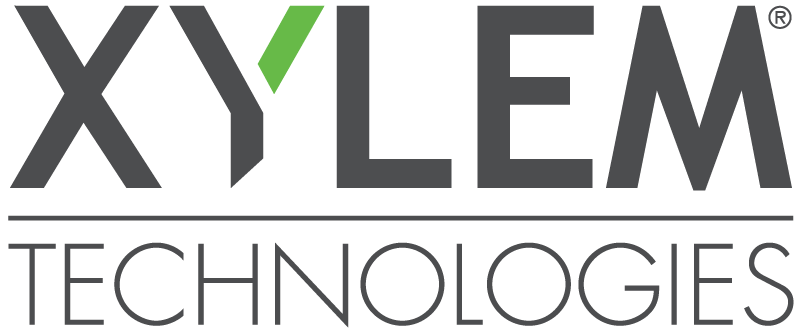Exploring the Utility of Semantic Web Technology in Building Performance Simulation
The simulation-based assessment and evaluation of alternative building design and retrofit options requires large amounts of information. Thus, efforts are necessary to support the process of data search and collection, such that building models for performance evaluation routines and applications could be efficiently populated. The web environment can provide large amounts of potentially useful information. In this context, the present contribution reports on the SEMERGY project, which explores the utility of the semantic web technologies toward populating the input data for building performance simulation models via the navigation of the extensive but currently ill-structured web-based information space pertaining to building materials, elements, components, and systems, as well as resources and documents concerning procedural, climatic, and financial information.
From A. Mahdavi, U. Pont, F Shayeganfar, N. Ghiassi,A. Anjomshoaa, S. Fenz, J. Heurix, T. Neubauer, A. Tjoa: „Exploring the utility of semantic web technology in building performance simulation„; in:“BauSIM 2012 -„Gebäudesimulation auf den Größenskalen Bauteil, Raum, Gebäude, Stadtquartier“„, C. Nytsch-Geusen et al. (Hrg.); Eigenverlag, 1 (2012), Paper-Nr. 114, 7 S.
Introduction:
Common use cases of building performance simulation involve the evaluation of alternative building design and retrofit options. Toward this end, simulation tools must be supplied with large amounts of information. Such information primarily includes buildings‘ geometry, building components‘ technical (physical and ecological) properties, occupants‘ presence and actions, micro-climatic data, etc. Moreover, design decision making requires also information with respect to applicable codes and standards as well as available financing and subsidy opportunities. Conventional approaches to gathering such information are often cumbersome and time- consuming. Hence, opportunities for in-depth simulation-supported exploration of design and retrofit options (in view of their relative functional, economical, and ecological advantages and disadvantages) may not be optimally exploited. Thus, efforts are necessary to support the process of data search and collection, such that building models for performance evaluation routines and applications could be efficiently populated. To make further progress in this area, the vast and potentially useful information in the web environment should be considered. However, this web-based potential remains mostly unexploited, as its extraction is hampered by lack of sufficient structure in the encapsulation and presentation of the information. In this context, semantic web technology represents a promising opportunity to improve and expedite the process of information acquisition and collation toward population of simulation models.
The Architecture, Engineering and Construction (AEC) industry has already started to make relevant data such as building products data, applicable normative documents, procedural and financial information, etc. available on the web. Such information resources are easily accessible and contain helpful data, but they necessitate heavy user interaction with distributed resources and data integration overhead. The main reason for this is the fact that the underlying language of World Wide Web is basically designed for data presentation, styling, and rendering and not for machine-to- machine interactions. In this context, Semantic Web aims to amend the existing Web with Web of Data, where machines are able to „comprehend“ data in order to facilitate logical inferences. Semantic Web thus targets machine processing and services automation on a global scale.
Efficient generation of building simulation models is hampered in part due to the missing link between users‘ simplified component representations (e.g., „external wall“, „window“) versus the complexity of specifications of real world products. In other words, it remains the task of end-users to map such simple notions of building components to appropriate real- world products that meet calculation procedures‘ informational requirements. The SEMERGY project intends to bridge this gap by providing semantic links between real world products and building model’s abstract concepts and elements.
The gap between required and available AEC data sets is hypothesized to be bridgeable based on two main pillars: First, a set of compact and versatile ontologies should be created that serve as a shared standard vocabulary of AEC concepts. Secondly, the scattered information resources on the web should be mapped to these ontologies and linked with other data sources. The key contribution of the research is the exploration and demonstration of the semantic web technologies toward populating the input data for building performance simulation models via the navigation of the extensive but currently ill- structured web-based information space pertaining to building materials, elements, components, and systems, as well as resources and documents concerning procedural, climatic, and financial (e.g., public funding) information that could be of value to designers and decision makers.
